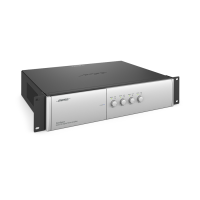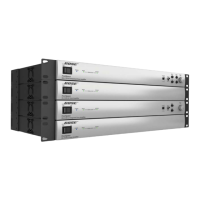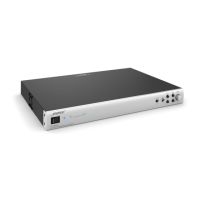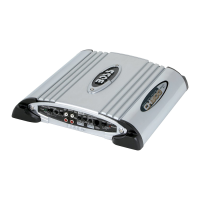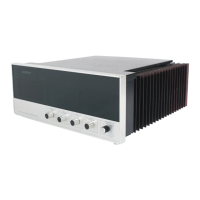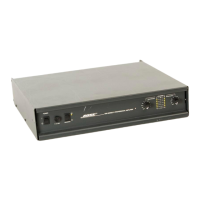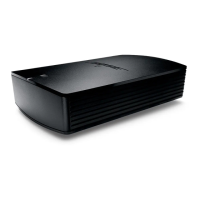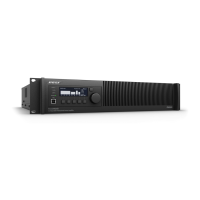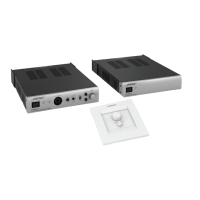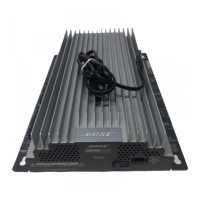79
Problem What to do
No sound, no power
(usually indicates a power
supply problem, either in
the power line or the
amplifier’s power supply).
•
Check to see if amplifier power is off. Turn on.
•
Line cord disconnected.
•
Poor fit between the plug and AC receptacle. Try another
receptacle.
•
Power off at AC receptacle. Check with tester or lamp.
•
Blown amplifier fuse. Replace fuse.
•
No source playing.
•
Faulty connection between mixer and amplifier.
•
Open thermal breaker in the power transformer. Allow amplifier
to cool and the breaker will reset itself.
Power on, low output or
no output
(usually signal source, bad
cable or partial output
short circuit related).
•
Input level controls set too low. Reset.
•
Check to see if problem is at the source. Move the input
connections to another amplifier you know is working.
•
Be sure that there are no strands of wire shorting across the
cable.
•
Make sure the speakers are functioning correctly.
•
If you are using bridged-mono mode, make sure the
stereo/mono switch is set correctly.
•
Use a voltmeter to determine if the power line voltage is
dropping excessively when the amplifier is driven hard.
•
Disconnect equipment in the FX loop to be sure that the
equipment is not faulty.
•
Check remote volume control.
Playback mixed with
hum
•
Check or replace the connecting cables.
•
Make sure that each screw terminal connection is tight.
•
Signal cables may have been routed too closely to AC cables,
power transformers, motors or other EMI inducing device.
•
Connect another source to the power amplifier inputs. If the hum
stops, the problem lies with the original source component.
Distortion
(usually caused by
excessive loss in the input
controls when the
mixer/equalizer/crossover
does not produce enough
output. Also caused by
over-driving that results in
output clipping, or current
limiting caused by
excessively low load
impedances).
•
Check input level controls. If set too low, the preceding piece of
equipment may not have sufficient output to overcome the loss.
•
Check speaker connections and verify that there are no stray
strands of wire to cause short circuits.
•
Verify that the total load impedance presented to the amplifier is
within the limits described in this manual for the mode of
operation selected.
Unnatural sound
(some parts of the
frequency band do not
sound balanced with the
rest of the band).
•
Check the EQ cards. Verify that the EQ card corresponds to the
model speaker being used and that the EQ card is installed in
the proper channel. Verify that the speakers are connected to
the same channel that the corresponding EQ card is installed in.
•
Speakers may be out of phase. Verify proper connection.
Troubleshooting
